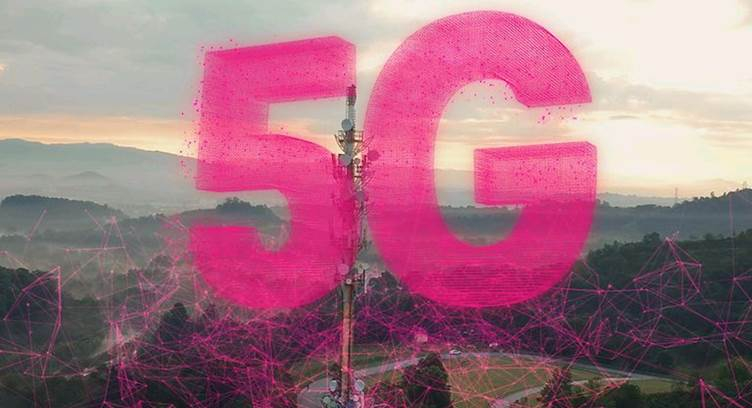Deutsche Telekom announced that over 3,000 towns and municipalities in Germany now have 5G after it has continued to expand its network at full speed in recent weeks. Another 18,000 or so antennas have been upgraded for 5G and integrated into the live network in the past five weeks.
This means that 40 million people can now use 5G. This applies to large cities such as Frankfurt or Munich as well as smaller communities such as Wallgau in Upper Bavaria, Lampertswalde in Saxony or the Loreley town of Sankt Goarshausen. And even the antennas on Germany's highest mountain, the Zugspitze, are now transmitting with 5G.
To supply as many people as possible with 5G, Deutsche Telekom uses spectrum on the 2.1 gigahertz (GHz) frequency. The physical properties of this frequency band enable a long range. At the same time, the data speed is also increased. In rural areas, the network now sometimes achieves more than twice the speed. Customers can surf at up to 225 Mbit/s. In cities, the network reaches 600-800 Mbit/s at its peak.
The network reaches even more speed and capacity on the 3.6 GHz frequency. Antennas on this band are currently transmitting in large cities like Berlin or Cologne. They achieve transmission rates of up to 1 Gbit/s and more. Here too, the expansion continues. In the coming weeks, Bremen and Dortmund, for example, will also receive high-speed 5G.
Deutsche Telekom uses the different frequencies in such a way that they complement each other in terms of range and speed. The principle is already being used in the LTE expansion. For the time being, the 5G roll-out will focus on the 2.1 GHz and 3.6 GHz frequency bands.
Walter Goldenits, Head of Technology at Telekom Deutschland
Today, we are celebrating a special day for 5G. Half the population in Germany is now covered. 5G has arrived in all German states. This is a big step for our customers, our network and for digitization in Germany.




















